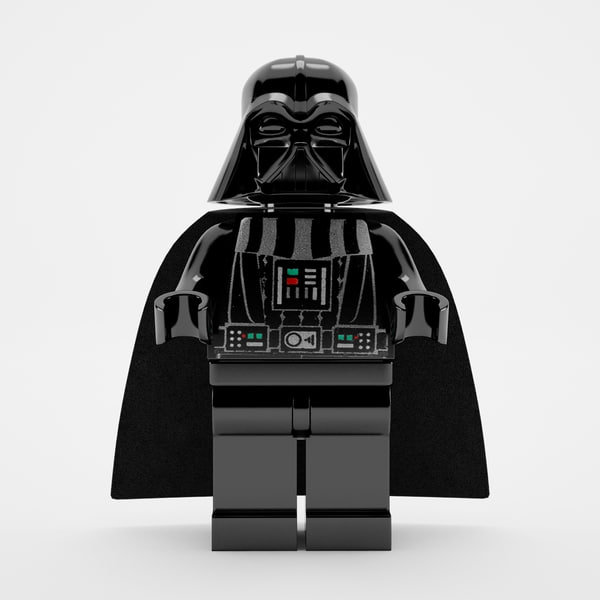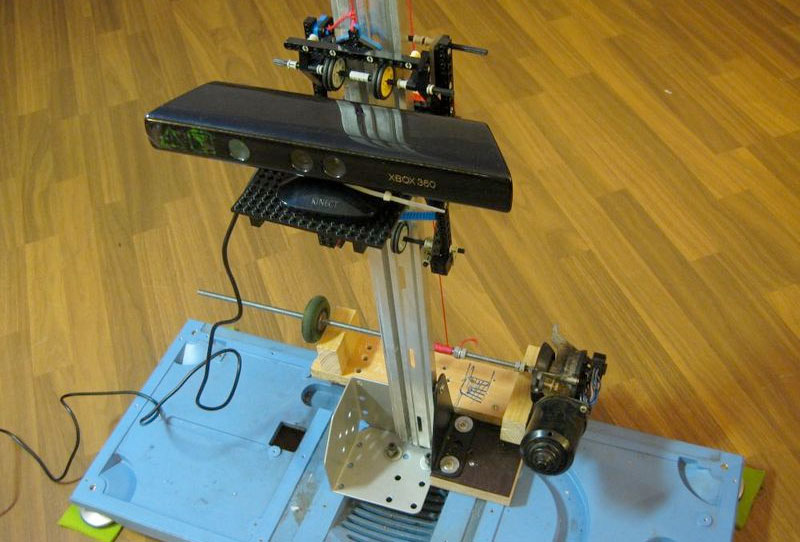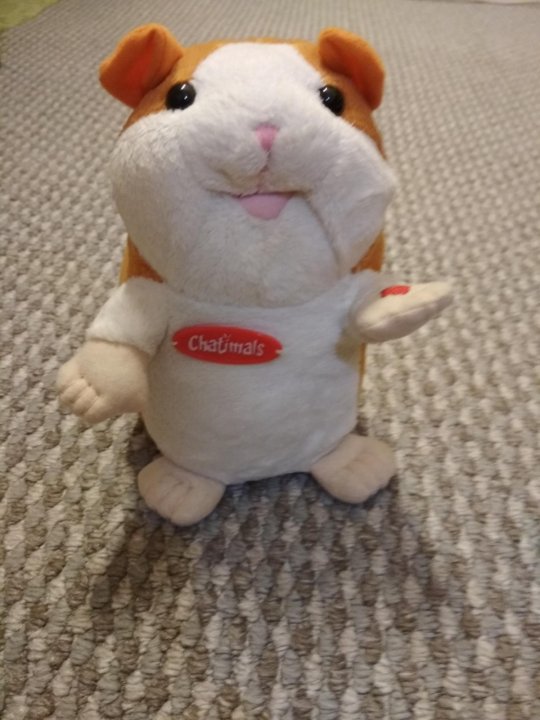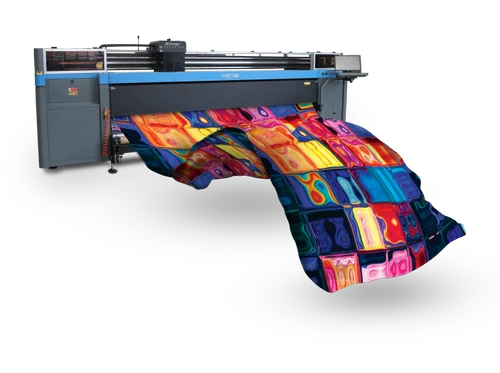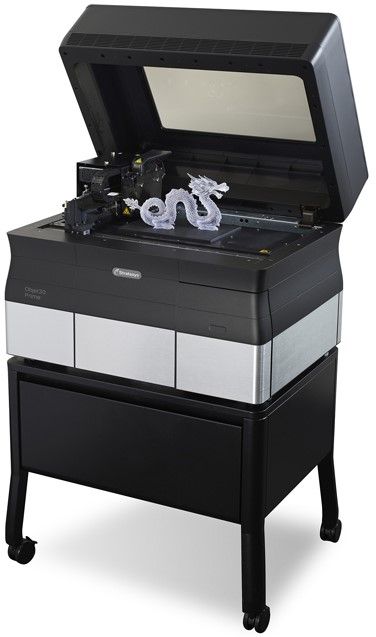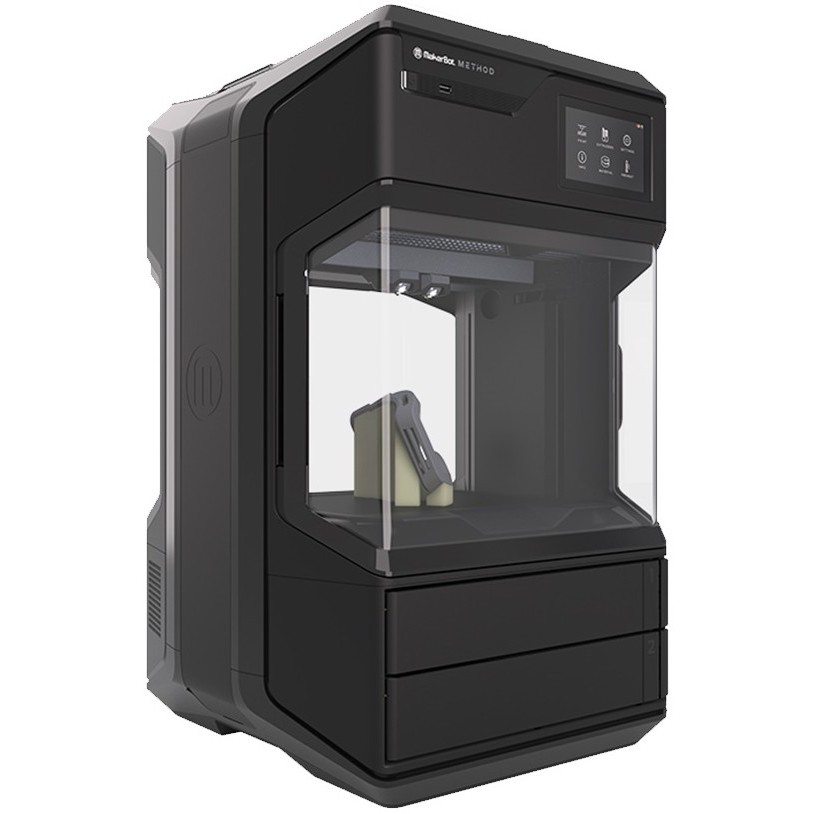Ninja flex 3d printer
NinjaFlex 3D Printer Filament (85A)
Features
Applications
Print Guidelines
Tech Specs
Samples
Features and Benefits of NinjaFlex Filament
- Shore Hardness = 85A
- Truly flexible (no fill or layer manipulation required to achieve performance)
- 660% elongation allows for repeated movement and impact without wear or cracking
- Polyurethane composition allows for excellent vibration reduction
- Proprietary low-friction exterior allows for smooth feeding
- Abrasion resistance 20% better than ABS and 68% better than PLA
- Consistent diameter and material properties providing reliable, high-quality prints
- Chemical resistance to many materials. View the NinjaFlex Chemical Resistance Guide for more information.
- REACH and RoHS 3 (EU 2015/863)
Applications
Sports
From sneaker insoles to helmet inserts, NinjaFlex can protect athletes with its vibration dampening properties.
Explore Sports Applications
Healthcare
NinjaFlex is strong and flexible for applications like prosthetics and realistic organ prototypes.
Explore Healthcare Applications
Industrial Manufacturing
Test your new designs with a 3D-printed prototype or quickly create end-use parts for your equipment.
Explore Manufacturing Applications
Protective Helmet Insert
When printed in various patterns NinjaFlex can provide a unique level of flex to fit your needs. See how our material was an innovation for these lacrosse helmet parts and prototypes.
Credit: Cascade Lacrosse
See Project Details
Soft Robotic Grippers
The flexibility and low durometer of NinjaFlex lends itself well to movement of soft robotics.
Credit: Cody Umberger
See Project Details
Animal Leg Replacement Carriage
Wheels printed from NinjaFlex filament enable a smooth ride for the animal while providing durability to withstand various terrains.
Credit: Dive Design
Print Guidelines
Extruder Temperature
- 225°C – 250°C
Platform Temperature
- Room temperature to 50°C
- Glue is suggested on bed.
Print Speed
- Top and bottom layers: 10-20 mm/sec (600-1200 mm/min)
- Infill speeds: 15-35 mm/sec (900-2100 mm/min)
- Layer 2+ use cooling fan if available.
Tech Specs
- NinjaFlex Safety Data Sheet
- NinjaFlex Technical Data Sheet
- NinjaFlex Chemical Resistance Guide
Samples
Ready to experience the power and performance of NinjaTek® 3D printing filaments for yourself?
Order a Sample Pack
As the first flexible material on the market, NinjaFlex® TPU filament has proprietary technology that boasts a low-tack, easy-to-feed texture ideal for direct-drive extruders.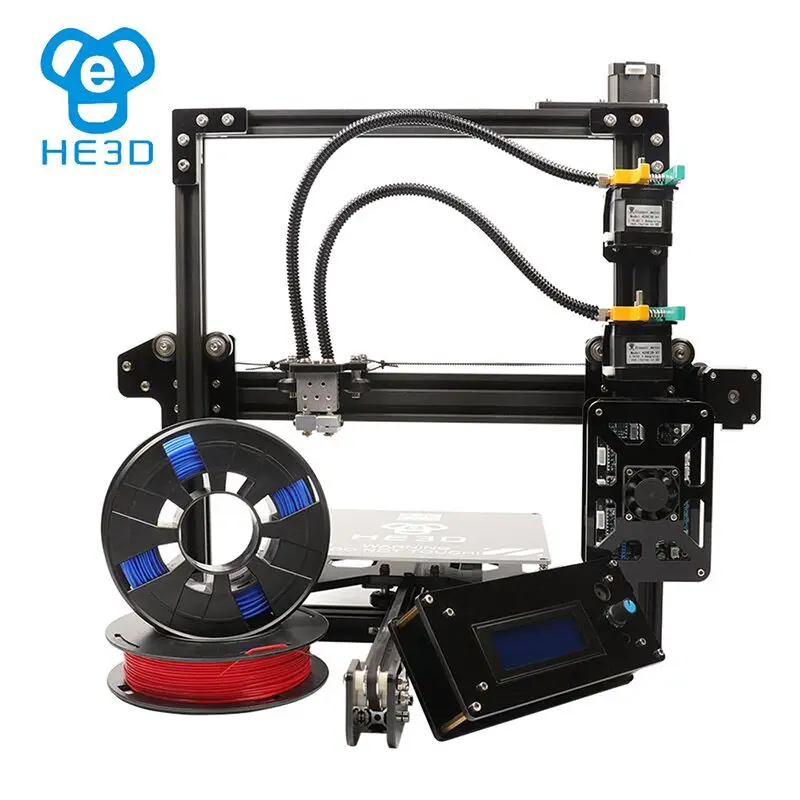 The material has abrasion and chemical resistance and results in consistent printed parts.
The material has abrasion and chemical resistance and results in consistent printed parts.
1.75mm
3mm
Spool Weight0.5kg
1kg
2kg
ColorMidnight Black
Snow White
Steel Gray
Fire Red
Lava Orange
Sun Yellow
Grass Green
Sapphire Blue
Flamingo Pink
Neon Glow
Water Translucent
Product Fire Red - 1. 75mm - 0.5kg Fire Red - 1.75mm - 1kg Fire Red - 1.75mm - 2kg Fire Red - 3mm - 0.5kg Fire Red - 3mm - 1kg Fire Red - 3mm - 2kg Flamingo Pink - 1.75mm - 0.5kg Flamingo Pink - 3mm - 0.5kg Grass Green - 1.75mm - 0.5kg Grass Green - 1.75mm - 1kg Grass Green - 3mm - 0.5kg Grass Green - 3mm - 1kg Lava Orange - 1.75mm - 0.5kg Lava Orange - 1.75mm - 1kg Lava Orange - 3mm - 0.5kg Lava Orange - 3mm - 1kg Midnight Black - 1.75mm - 0.5kg Midnight Black - 1.75mm - 1kg Midnight Black - 1.75mm - 2kg Midnight Black - 3mm - 0.5kg Midnight Black - 3mm - 1kg Midnight Black - 3mm - 2kg Neon Glow - 1.
75mm - 0.5kg Fire Red - 1.75mm - 1kg Fire Red - 1.75mm - 2kg Fire Red - 3mm - 0.5kg Fire Red - 3mm - 1kg Fire Red - 3mm - 2kg Flamingo Pink - 1.75mm - 0.5kg Flamingo Pink - 3mm - 0.5kg Grass Green - 1.75mm - 0.5kg Grass Green - 1.75mm - 1kg Grass Green - 3mm - 0.5kg Grass Green - 3mm - 1kg Lava Orange - 1.75mm - 0.5kg Lava Orange - 1.75mm - 1kg Lava Orange - 3mm - 0.5kg Lava Orange - 3mm - 1kg Midnight Black - 1.75mm - 0.5kg Midnight Black - 1.75mm - 1kg Midnight Black - 1.75mm - 2kg Midnight Black - 3mm - 0.5kg Midnight Black - 3mm - 1kg Midnight Black - 3mm - 2kg Neon Glow - 1. 75mm - 0.5kg Neon Glow - 3mm - 0.5kg Sapphire Blue - 1.75mm - 0.5kg Sapphire Blue - 1.75mm - 1kg Sapphire Blue - 1.75mm - 2kg Sapphire Blue - 3mm - 0.5kg Sapphire Blue - 3mm - 1kg Sapphire Blue - 3mm - 2kg Snow White - 1.75mm - 0.5kg Snow White - 1.75mm - 1kg Snow White - 1.75mm - 2kg Snow White - 3mm - 0.5kg Snow White - 3mm - 1kg Snow White - 3mm - 2kg Steel Gray - 1.75mm - 0.5kg Steel Gray - 1.75mm - 1kg Steel Gray - 1.75mm - 2kg Steel Gray - 3mm - 0.5kg Steel Gray - 3mm - 1kg Steel Gray - 3mm - 2kg Sun Yellow - 1.75mm - 0.5kg Sun Yellow - 1.
75mm - 0.5kg Neon Glow - 3mm - 0.5kg Sapphire Blue - 1.75mm - 0.5kg Sapphire Blue - 1.75mm - 1kg Sapphire Blue - 1.75mm - 2kg Sapphire Blue - 3mm - 0.5kg Sapphire Blue - 3mm - 1kg Sapphire Blue - 3mm - 2kg Snow White - 1.75mm - 0.5kg Snow White - 1.75mm - 1kg Snow White - 1.75mm - 2kg Snow White - 3mm - 0.5kg Snow White - 3mm - 1kg Snow White - 3mm - 2kg Steel Gray - 1.75mm - 0.5kg Steel Gray - 1.75mm - 1kg Steel Gray - 1.75mm - 2kg Steel Gray - 3mm - 0.5kg Steel Gray - 3mm - 1kg Steel Gray - 3mm - 2kg Sun Yellow - 1.75mm - 0.5kg Sun Yellow - 1. 75mm - 1kg Sun Yellow - 3mm - 0.5kg Sun Yellow - 3mm - 1kg Water Translucent - 1.75mm - 0.5kg Water Translucent - 1.75mm - 1kg Water Translucent - 3mm - 0.5kg Water Translucent - 3mm - 1kg
75mm - 1kg Sun Yellow - 3mm - 0.5kg Sun Yellow - 3mm - 1kg Water Translucent - 1.75mm - 0.5kg Water Translucent - 1.75mm - 1kg Water Translucent - 3mm - 0.5kg Water Translucent - 3mm - 1kg
In-stock orders placed weekdays before 12:00 pm eastern will ship same day.
3D Printing Filament TPU NinjaTek NinjaFlex - Snow White - 1.75mm - 1kg
Product #3DNF0017510
Price
$85.00
Quantity
Compare key features, benefits and attributes.
Find Your Filament
Don’t see the filament you need? Schedule a custom filament consultation with our 3D Materials Engineering team.
Schedule Now
Cheetah 3D Printer Filament (95A)
Features
Applications
Print Guidelines
Tech Specs
Samples
Features and Benefits of Cheetah Filament
- Shore hardness = 95A
- Prints at speeds greater than 60 mm/ sec with standard ABS settings
- Significantly greater impact strength than all widely used materials – 84% greater than ABS
- Industry-leading toughness and durability to ensure longevity in printed parts
- Abrasion resistance 40% better than ABS and 76% better than PLA
- 580% elongation capabilities improve the ability to withstand wear and tear
- Chemical resistance to many materials.
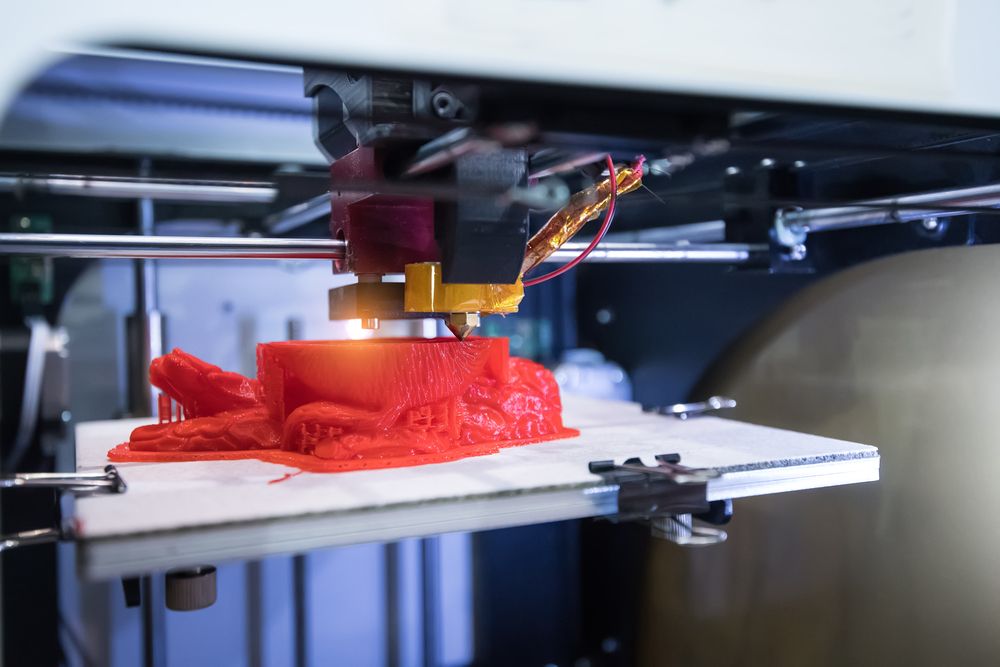 View Cheetah Chemical Resistance Guide for more information.
View Cheetah Chemical Resistance Guide for more information. - Consistent diameter and material properties providing reliable, high-quality prints
- REACH and RoHS 3 (EU 2015/863)
Applications
Sports
Cheetah is ideal for applications that need strength, flexibility and plenty of impact strength.
Explore Sports Applications
Healthcare
3D-printed organs for pre-surgery prep and custom-designed prosthetics enhance patient care.
Explore Healthcare Applications
Industrial Manufacturing
Test your new designs with a 3D-printed prototype or quickly create end-use parts for your machines.
Explore Manufacturing Applications
Shock Absorber
Cheetah’s unique balance of flexibility and strength can support an object while absorbing impact on this production line sensor mount.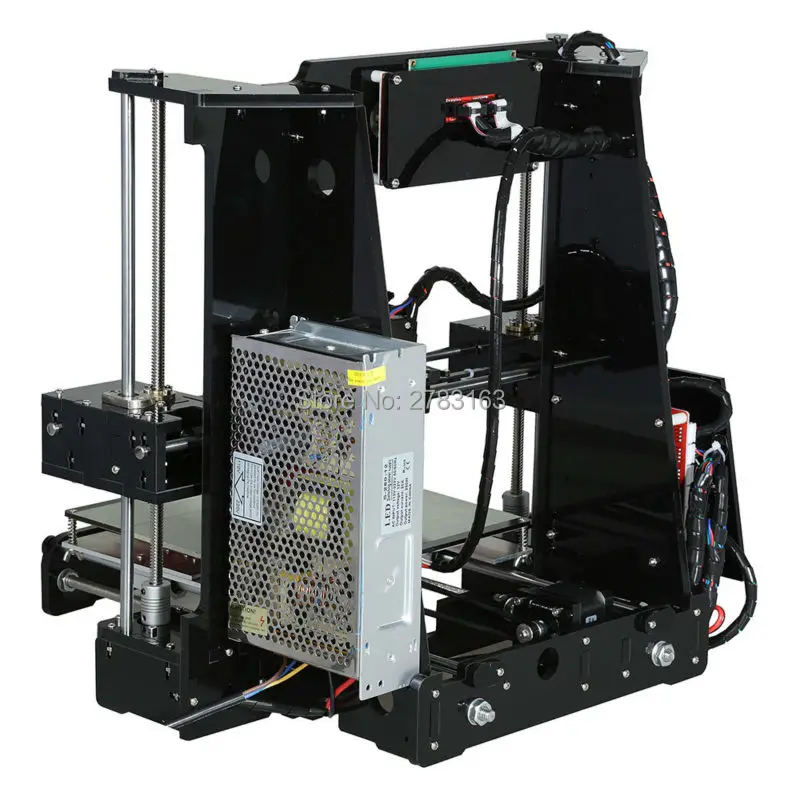
Gymnastic Equipment Washers
In addition to its flexibility and speed, Cheetah’s wear resistance and ability to flex as the joint changed was just what the engineer needed to replace worn nylon washers.
See Project Details
Sabot Fired From a Cannon
Cheetah is fast-printing, but did you also know it might be one of the fastest traveling materials on Earth? It held up after being shot from a cannon at over 4,000 MPH.
See Project Details
Print Guidelines
Extruder Temperature
- 225°C – 250°C
Platform Temperature
- Room temperature to 50°C
- Glue is suggested on bed.
Print Speed
- Top and bottom layers: 25-45 mm/sec (1800-2700 mm/min)
- Infill speeds: 50-80 mm/sec (3600-4800 mm/min)
- Layer 2+ use cooling fan if available.
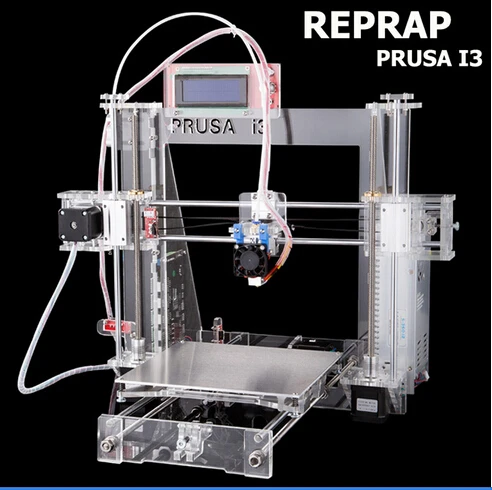
Tech Specs
- Cheetah Safety Data Sheet
- Cheetah Technical Data Sheet
- Cheetah Chemical Resistance Guide
Samples
Ready to experience the power and performance of NinjaTek® 3D printing filaments for yourself?
Order a Sample Pack
The fastest and easiest-to-print flexible TPU filament available, Cheetah® maintains industry-leading durability and impact strength 84% greater than ABS. Cheetah is the perfect blend of speed and toughness.
Diameter1.75mm
3mm
Spool Weight0.5kg
1kg
2kg
ColorMidnight Black
Snow White
Steel Gray
Fire Red
Lava Orange
Sun Yellow
Grass Green
Sapphire Blue
Flamingo Pink
Neon Glow
Water Translucent
Product Fire Red - 1.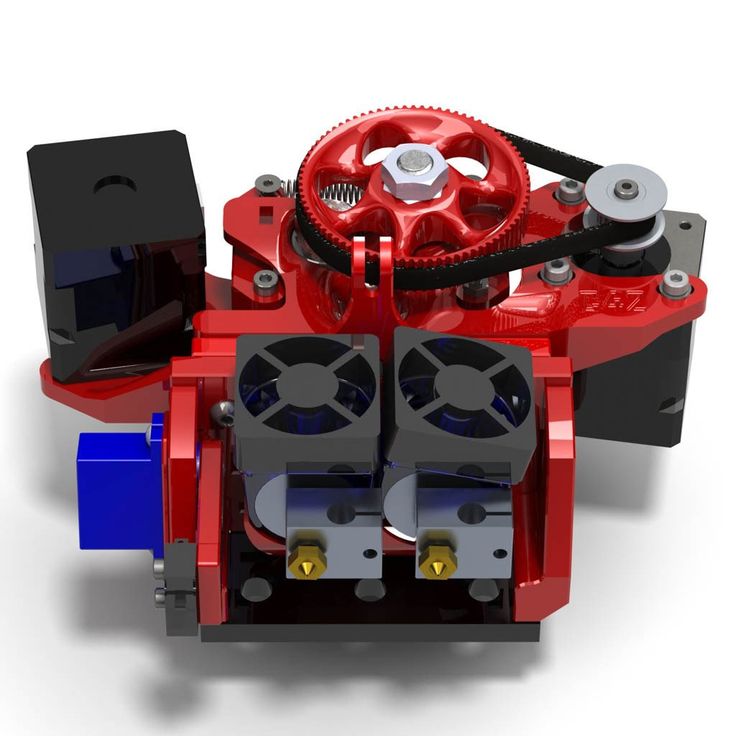 75mm - 0.5kg Fire Red - 1.75mm - 1kg Fire Red - 1.75mm - 2kg Fire Red - 3mm - 0.5kg Fire Red - 3mm - 1kg Fire Red - 3mm - 2kg Flamingo Pink - 1.75mm - 0.5kg Flamingo Pink - 3mm - 0.5kg Grass Green - 1.75mm - 0.5kg Grass Green - 1.75mm - 1kg Grass Green - 3mm - 0.5kg Grass Green - 3mm - 1kg Lava Orange - 1.75mm - 0.5kg Lava Orange - 1.75mm - 1kg Lava Orange - 3mm - 0.5kg Lava Orange - 3mm - 1kg Midnight Black - 1.75mm - 0.5kg Midnight Black - 1.75mm - 1kg Midnight Black - 1.75mm - 2kg Midnight Black - 3mm - 0.5kg Midnight Black - 3mm - 1kg Midnight Black - 3mm - 2kg Neon Glow - 1.
75mm - 0.5kg Fire Red - 1.75mm - 1kg Fire Red - 1.75mm - 2kg Fire Red - 3mm - 0.5kg Fire Red - 3mm - 1kg Fire Red - 3mm - 2kg Flamingo Pink - 1.75mm - 0.5kg Flamingo Pink - 3mm - 0.5kg Grass Green - 1.75mm - 0.5kg Grass Green - 1.75mm - 1kg Grass Green - 3mm - 0.5kg Grass Green - 3mm - 1kg Lava Orange - 1.75mm - 0.5kg Lava Orange - 1.75mm - 1kg Lava Orange - 3mm - 0.5kg Lava Orange - 3mm - 1kg Midnight Black - 1.75mm - 0.5kg Midnight Black - 1.75mm - 1kg Midnight Black - 1.75mm - 2kg Midnight Black - 3mm - 0.5kg Midnight Black - 3mm - 1kg Midnight Black - 3mm - 2kg Neon Glow - 1.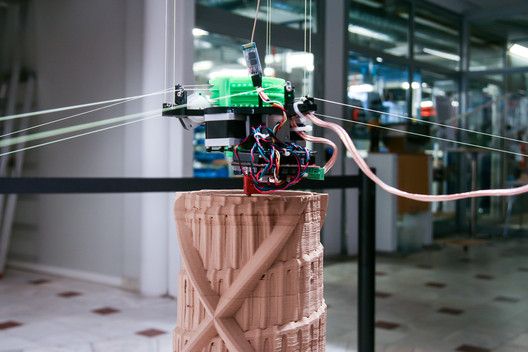 75mm - 0.5kg Neon Glow - 3mm - 0.5kg Sapphire Blue - 1.75mm - 0.5kg Sapphire Blue - 1.75mm - 1kg Sapphire Blue - 1.75mm - 2kg Sapphire Blue - 3mm - 0.5kg Sapphire Blue - 3mm - 1kg Sapphire Blue - 3mm - 2kg Snow White - 1.75mm - 0.5kg Snow White - 1.75mm - 1kg Snow White - 1.75mm - 2kg Snow White - 3mm - 0.5kg Snow White - 3mm - 1kg Snow White - 3mm - 2kg Steel Gray - 1.75mm - 0.5kg Steel Gray - 1.75mm - 1kg Steel Gray - 1.75mm - 2kg Steel Gray - 3mm - 0.5kg Steel Gray - 3mm - 1kg Steel Gray - 3mm - 2kg Sun Yellow - 1.75mm - 0.5kg Sun Yellow - 1.
75mm - 0.5kg Neon Glow - 3mm - 0.5kg Sapphire Blue - 1.75mm - 0.5kg Sapphire Blue - 1.75mm - 1kg Sapphire Blue - 1.75mm - 2kg Sapphire Blue - 3mm - 0.5kg Sapphire Blue - 3mm - 1kg Sapphire Blue - 3mm - 2kg Snow White - 1.75mm - 0.5kg Snow White - 1.75mm - 1kg Snow White - 1.75mm - 2kg Snow White - 3mm - 0.5kg Snow White - 3mm - 1kg Snow White - 3mm - 2kg Steel Gray - 1.75mm - 0.5kg Steel Gray - 1.75mm - 1kg Steel Gray - 1.75mm - 2kg Steel Gray - 3mm - 0.5kg Steel Gray - 3mm - 1kg Steel Gray - 3mm - 2kg Sun Yellow - 1.75mm - 0.5kg Sun Yellow - 1.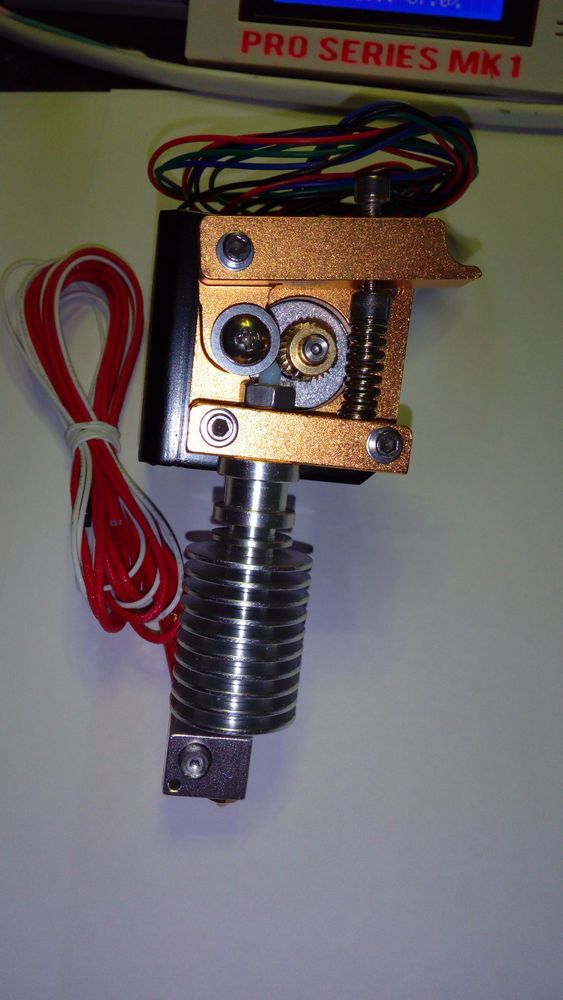 75mm - 1kg Sun Yellow - 3mm - 0.5kg Sun Yellow - 3mm - 1kg Water Translucent - 1.75mm - 0.5kg Water Translucent - 1.75mm - 1kg Water Translucent - 3mm - 0.5kg Water Translucent - 3mm - 1kg
75mm - 1kg Sun Yellow - 3mm - 0.5kg Sun Yellow - 3mm - 1kg Water Translucent - 1.75mm - 0.5kg Water Translucent - 1.75mm - 1kg Water Translucent - 3mm - 0.5kg Water Translucent - 3mm - 1kg
In-stock orders placed weekdays before 12:00 pm eastern will ship same day.
3D Printing Filament TPU NinjaTek Cheetah - Lava Orange - 1.75mm - 1kg
Product #3DCH0517510
Price
$85.00
Quantity
NinjaFlex is part of the world's open possibilities, limited only by your imagination
NinjaFlex is an advanced 3D printer filament consisting of a special thermoplastic elastomer (TPE) compound that allows you to print flexible products with elastic properties. Patented technology ensures smooth feeding of clean, high quality printed objects.
Best for:
- 1.
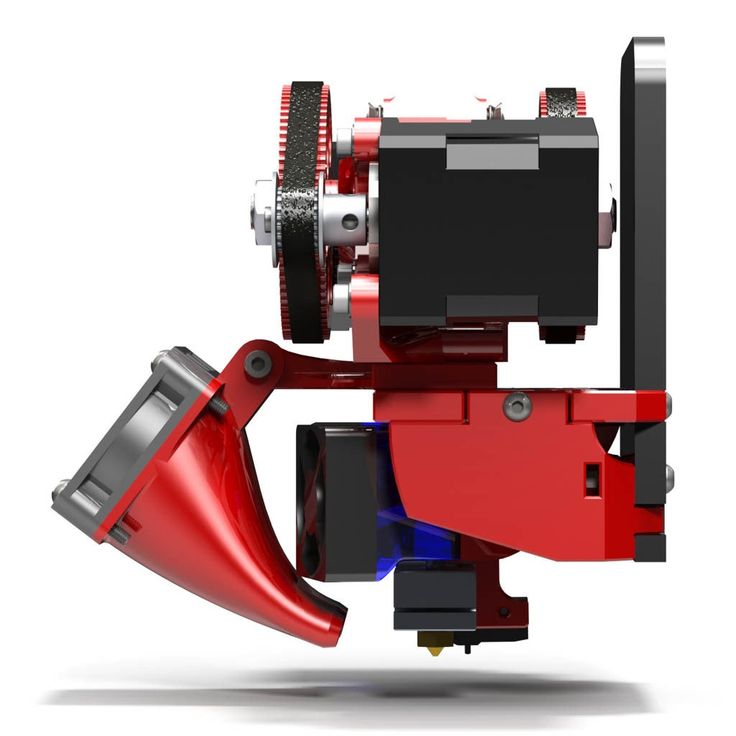 75mm FDM 3D printers. or 3mm. threads;
75mm FDM 3D printers. or 3mm. threads; - 3D printers that can use different types of filaments such as ABS and PLA.
Features:
- thread edge hardness about 85A according to the Shore method;
- constant diameter and material properties ensure reliable, high quality prints;
- patented technology ensures smooth material feeding;
- work at low temperatures ensures smooth feeding of threads and their gluing;
- high elasticity and excellent abrasion resistance;
- excellent bonding properties between layers;
- complies with REACH ( Registration, Evaluation and Authorization of Chemicals ) and RoHS directives ( Restriction of Hazardous Substances ) 2002/95/EC;
- 1.75 mm thread in spools of 0.50 kg;
- 3.00 mm thread in spools of 0.75 kg.
Recommended use:
- recommended extruder temperature: 210 - 225°C;
- recommended platform temperature: 20 - 50°C;
- recommended print speed: 30 mm/sec.
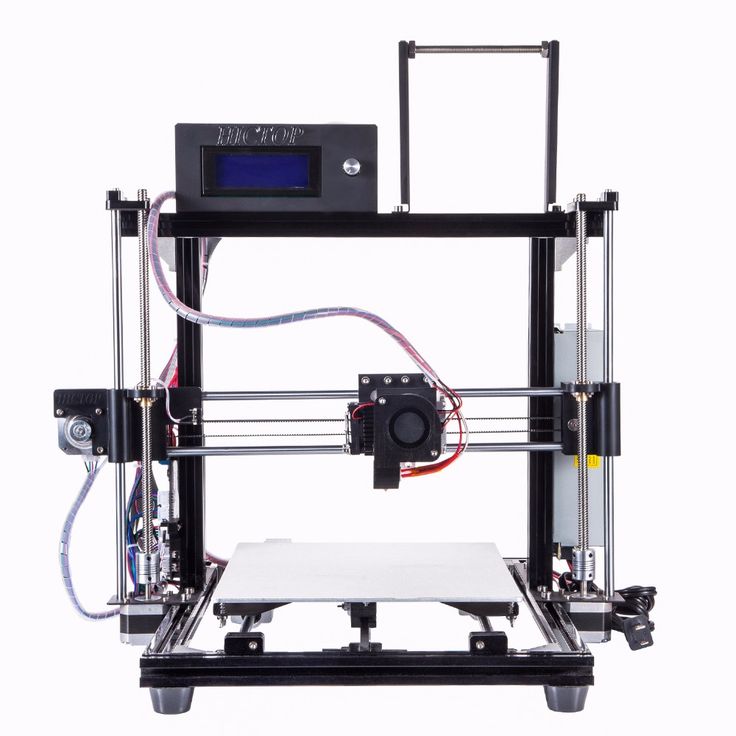
Have a question about NinjaFlex? Read the frequently asked questions.
Will NinjaFlex work with my 3D printer?
NinjaFlex has been successfully used on many 3D printers (MakerBot Replicator 1, Replicator 2, Replicator 2x, MendelMax, RepRap, Ordbot, Airwolf), it was not originally adapted to any specific model. In summary, the NinjaFlex is best suited for a printer with a direct drive extruder and settings that are similar to those used when printing with standard ABS plastics.
Will NinjaFlex work with a Bowden extruder?
Bowden extruders are not ideal for printing flexible filament such as NinjaFlex due to the excessive distance between the stepper motor and the extruder head. However, some users have learned to successfully print at low speeds.
http://www.b3dgeable.com/2013/10/11/talpadks-review-of-ninjaflex-flexible-filament-for-3d-printers-2/
I can't prime NinjaFlex .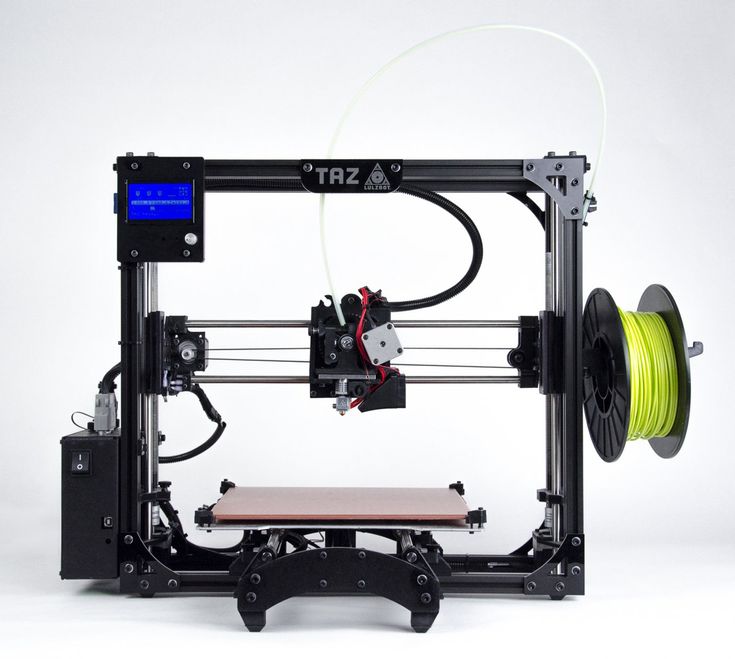 What will be the proposals?
What will be the proposals?
Flexible filaments such as NinjaFlex require a spring-loaded roller bearing feeder to properly feed. In addition, the extruder must support the filament between the drive outlet and the melt chamber inlet. Figure 1 below shows an example of a correct printer head configuration. On fig. 2 shows the printer head without filament support. In this case, the flexible filaments will bend under compression and cause the extruder to clog. Figure 3 shows an extruder using a plastic piston to create a compressive force. This arrangement creates too much friction on the flexible filament for reliable printing.
Will NinjaFlex fit through plastic guide tubes?
NinjaFlex's low surface friction was originally developed to reduce surface friction and allow the filament to pass through more easily, the use of PTFE tubing is recommended to further reduce stress on the extruder.
Are there any special printer settings that need to be adjusted for NinjaFlex?
NinjaFlex operating temperatures are generally similar to ABS extruder temperatures, however advanced printer settings, changing the setting may improve print quality when turned on/off. It may also be necessary to reduce the print speed to around 30mm/sec.
Do I need to use tape or hairspray to get a better grip on the job site?
NinjaFlex adheres to most surfaces (including aluminum and glass) so no top coat is required. Kapton ribbons can be used with NinjaFlex, but the adhesion of the printed parts to the ribbon may be stronger than the adhesive holding the ribbon to the work surface.
What is the maximum recommended use temperature for NinjaFlex printed objects?
The recommended maximum temperature for finished NinjaFlex objects is 66°C.
What is the minimum recommended use temperature for NinjaFlex printed objects?
The recommended minimum temperature for NinjaFlex printed parts is -22°C, below this temperature the parts will become increasingly brittle and may break.
What should the platform temperature be for normal NinjaFlex printing?
Each printer has its own unique settings, most printers do not need a heated work surface to print successfully with NinjaFlex.
My printer emits jets of plastic when heated. What can I do to improve the quality?
This problem occurs on all FDM printers. The plastic material cannot instantly solidify when printing is turned on/off. There are several factors that affect this: extruder temperature, build platform temperature, ambient temperature, and filament push/pull settings. When the molten filament exits the extruder, it must have enough energy to remelt the previous existing surface layer of the product (to ensure adequate bonding).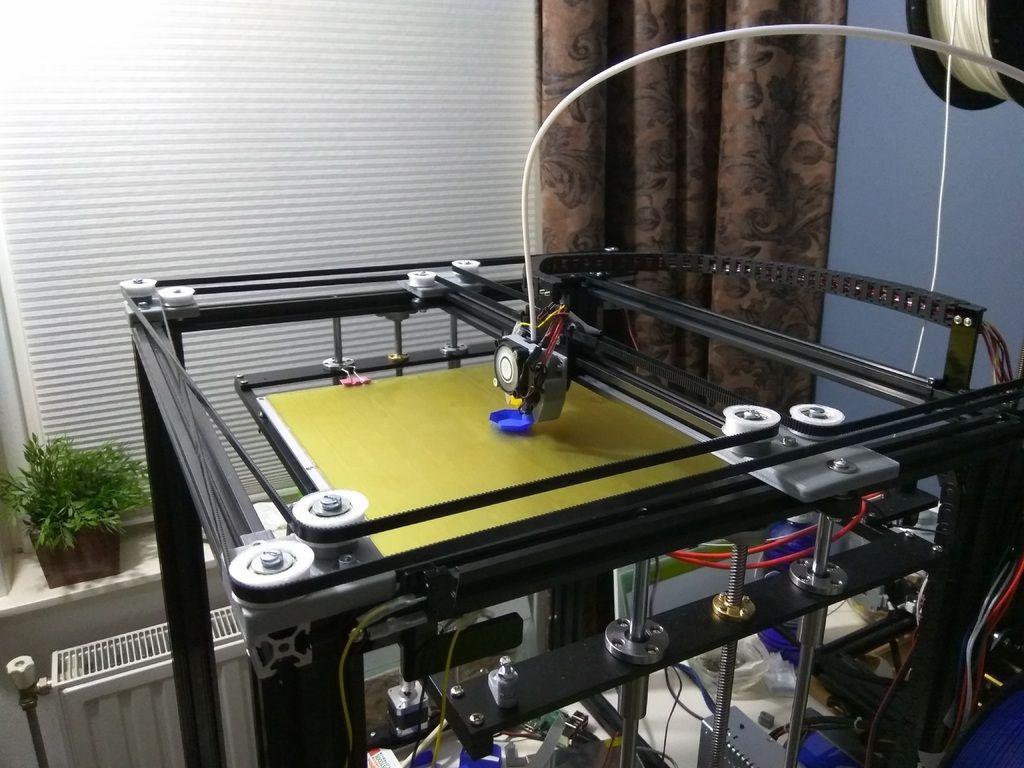 The colder the environment, the work platform, and the initial temperature of the filament, the faster it will solidify. If the temperature is not adjusted, the filament size (filament feed) can be increased by turning on/off. For 1.75 mm. threads, ejection 2-3mm - acceptable. Another option is to increase convective heat transfer using a cooling fan.
The colder the environment, the work platform, and the initial temperature of the filament, the faster it will solidify. If the temperature is not adjusted, the filament size (filament feed) can be increased by turning on/off. For 1.75 mm. threads, ejection 2-3mm - acceptable. Another option is to increase convective heat transfer using a cooling fan.
Can NinjaFlex be used as a support material?
Yes, NinjaFlex can work as a support material that can be easily removed after printing is complete.
What general advice would you give before you start printing NinjaFlex?
When changing from another resin (such as ABS or PLA) to NinjaFlex thoroughly clean the extruder before printing. As with other materials, use cooler temperatures (~180-200°C) when warming up the extruder to prevent excess material from “blowing out” before printing.
Are there any safety concerns when using NinjaFlex?
NinjaFlex filament should be printed in a well ventilated area, in accordance with recommended operating conditions.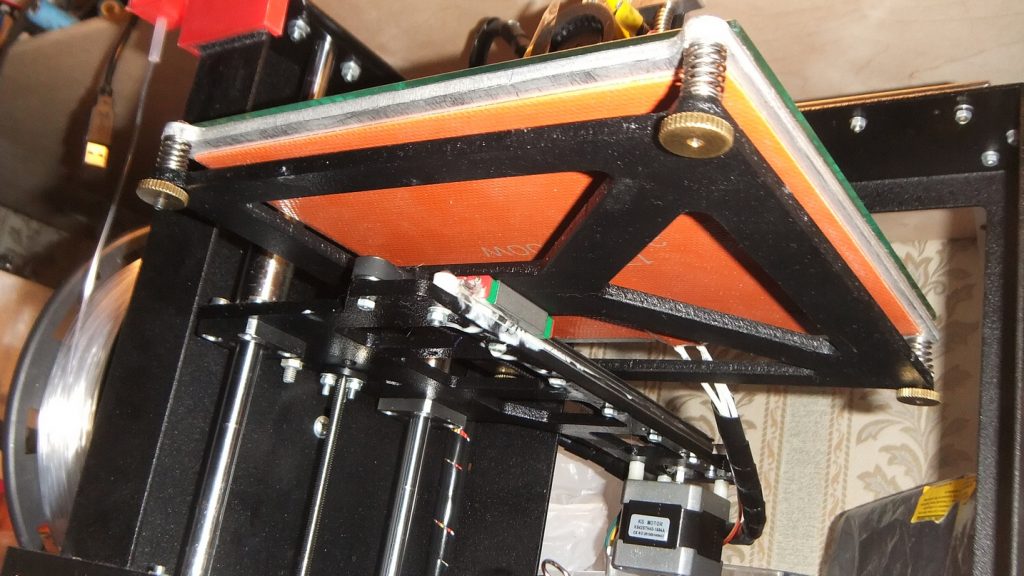 TPE products are capable of emitting specific odors at high temperatures. Although these odors are generally considered to be tolerable and less harmful than when printed with ABS plastic, this fact should be taken into account and especially sensitive people should be removed from the premises.
TPE products are capable of emitting specific odors at high temperatures. Although these odors are generally considered to be tolerable and less harmful than when printed with ABS plastic, this fact should be taken into account and especially sensitive people should be removed from the premises.
Is the NinjaFlex able to handle any pairing?
Yes, NinjaFlex behaves similarly to ABS, so it can be used in ABS models.
Printing Revolution FLEX, TPU, Rubber
Everyone knows the rather old problem of Bowden printers. I want, for example, to print legs for my laptop, I bought a flex for 3 k and already made a model, but alas, the printer does not chew plastic (although it just chews it)
If we search the net for ways to solve the problem, we will find a fairly standard way, sawing the tube under the gear and pushing it deeper. Roughly speaking, they reduced the gap where chewing of the rod is possible.
Eureka... it worked, but every now and then attempt after attempt ends in failure... A little more theory and we reduce the printing speed, and only then we manage to print those same legs. (I’m already silent about how much effort and nerves have been spent)
Thus, there are two ways to solve this problem: switch to direct or finish the existing type of feed. Bowden type extruders are mounted on a 3D printer frame. It pushes and pulls the filament through a long PTFE tube directly to the hot end. These extruders are more compact and take up less space than direct feed extruders. The advantage of the direct-c feed is that it is compatible with a wide range of 3D printing materials.
The disadvantage of feeding through the guide tube is the tension that occurs during printing, which does not allow the use of flexible (soft) materials. The extra mass when mounting the extruder on the print head adds speed limits, causing more wobble and loss of precision in the X and Y axes. For a direct type design, the main problem is heavy weight and limited working space.
For a direct type design, the main problem is heavy weight and limited working space.
Together with Sapphirus, we solved this case using the possibilities of photopolymer technology. I developed many versions until I reached the golden mean, which showed the best results.
The goal was to make the device as small as possible in all respects.
As a result, we get a direct on a flexible shaft, which is 10 times lighter than the type of feed we are used to.
The unit is shipped unassembled with all parts required for installation.
The filament is loaded in close proximity to the polymer melting point, the absence of a gap in which the filament can jam makes it possible to print flexible materials at high speeds.
Well, of course, this will affect the quality of the print, since there will be no voltage that occurs in the Teflon tube.
And now the most interesting thing is how to install this device on any printer?!
Can be installed via two fittings and a Teflon tube (for limited space), or can be installed via a brass adapter directly into the hot end radiator.
The kit comes with a metal adapter that is screwed into the radiator instead of a fitting, and the counterpart is screwed into the device.
So the plastic has nowhere to go other than going directly into the fuser.
Now you need to attach the shaft to the motor and calibrate the steps for the extruder motor.
Calculate a new value using the formula and change it in the printer (how to do this has already been written several times) .
We print the test cube XYZ
And we get a decent result, we need to fix the Z-mechanics and play with blowing, but that's another topic.
Layer laying and feeding uniform, super! And this means that our device, paired with a sapphire die, works flawlessly, which, in fact, we were striving for.
It's time to try flex printing and print the sinister laptop legs
Printing was easy and everything went smoothly
Hooray! I finally printed them)
The extruder device obtained during the design process has the following advantages compared to existing models (directs)
- printing quality is not lost when working at high speeds;
- Significantly improved extrusion unevenness in fine detail printing;
- light weight;
- the possibility of using soft, rubber-like materials;
- easy to install and set up;
- better surface quality of the printed part.

Learn more



